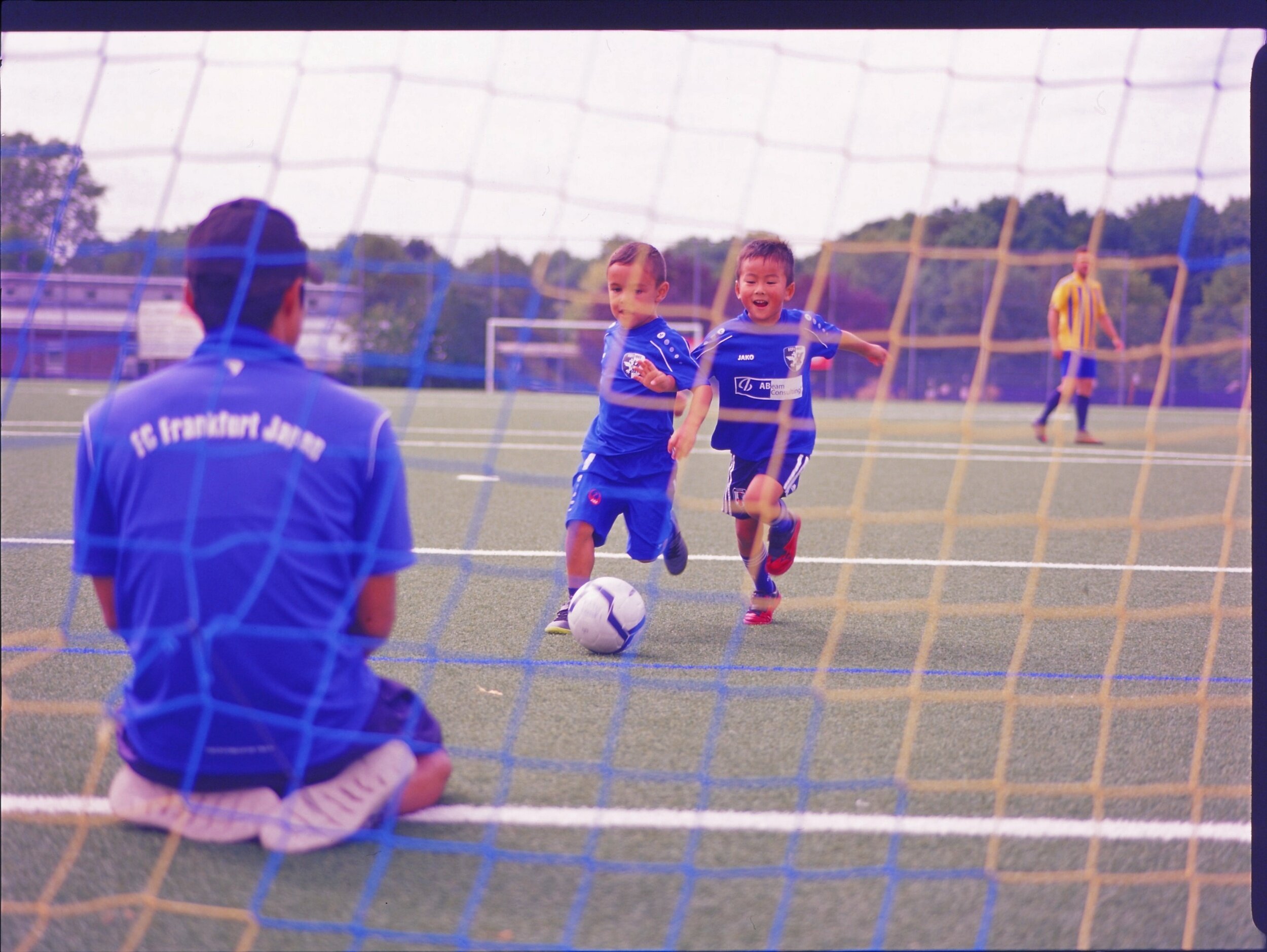A 50mm wide aperture lens is a kit essential. The Canon 1.8 is so cheap that it would be better as part of a set than the standard 17-50mm. It is most DSLR users' introduction to bokeh and can be addictive. For most photographers, the €1000+ 50mm 1.2 L lens is completely out of reach and while there are cheaper choices from other makers, every Canon photographer has to take the 50mm f1.4 which you can get around €200 used on eBay.
It is great in a lot of ways: wide open, relatively high number of aperture blades so the bokeh highlights are not like squished pentagons (like the 1.8), full time manual override, distance scale on the top, and it's light and did well on any camera.
But all of this comes with a dark side: The one major construction defect this lens has is the front focus ring that extends when you focus something up close is so weak, just a little pressure in a bag is enough to push it out of shape.
This happened to mine over 2 years ago. It got slightly crushed then refused to work. I thought I had destroyed it for good so invested in a Canon 85mm 1.8 instead. But I always missed the close focusing ability of the 50mm. I searched around on YouTube and found a few repair videos. I followed the instructions, took my lens apart, gently coaxed the metal back to shape and then reassembled the lens. When I put it back on my camera, the focus send to work but when taking a shot an error came up saying something about the lens connection. I figured I had probably broken one of the delicate data cables inside the lens so back in the cupboard it went for another year.
I was considering selling some old equipment recently and found the lens in the cupboard looking dusty. I got a bit nostalgic and wondered if I had the skill to finally fix the lens (or pay somebody else to), so I watched the videos on YouTube again and opened up the lens. It didn't take me long to spot that one of the data cables want sitting completely in the socket! I reassembleded the lens and to my relief and surprise, it started working again!! So this year I'm going to get re-acquainted with my nifty fifty but a word to the wise:
Always store this lens with the focus set to infinity. This reduces the chance of going through what me and many other Canon 50 1.4 owners have already been through!
Read MoreThe worst thing about your camera's strap is it's guaranteed to have the camera's make and model in massive letters all over it, which at best is meant to give you camera envy, at worst it is free advertising for muggers to come and lynch you.
Read MoreWhat is f stop? What can it do for your photos? What are some reasons for not wanting to buy lenses with the lowest f number you can afford?
Read More






